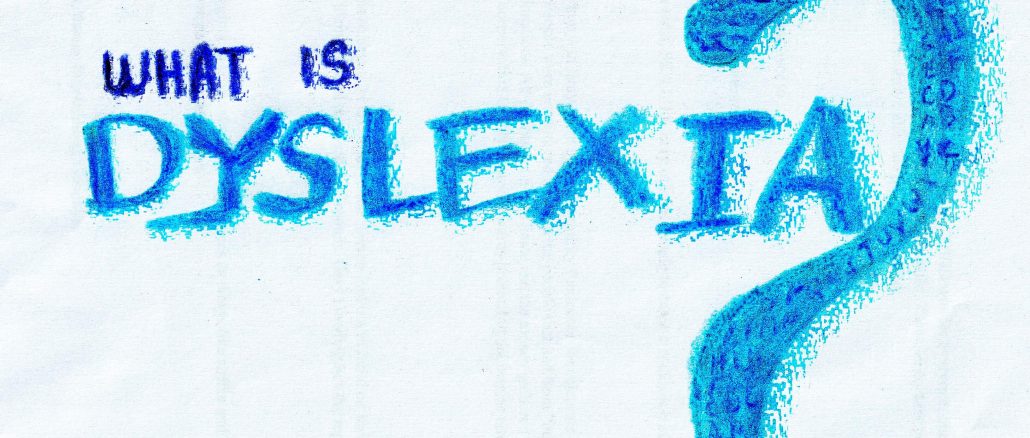
Dyslexia, a learning disability, or a learning style? 1896 was the year the first case of dyslexia was discovered, thanks to a general practitioner called Pringle Morgan. The word dyslexia comes from the Latin word ‘Dys’, meaning difficulty and ‘Lexia’ meaning words. One hundred and twenty-seven years on, and there is still a big question mark about the word’s meaning.
Dyslexia remains to be one of the most controversial terms in education policy and practice. But why? According to the Dyslexia Association of Ireland (DAI) “dyslexia is a learning difference that can cause difficulties with learning and work. Affecting approximately one in ten people.”
You may know people; brothers, sisters, parents or even friends with dyslexia. Dyslexia is just a different process of learning and working. People with dyslexia have a skill, a different way of learning, reading, writing, verbal communication, and visual thinking.
The media has recently criticised the term dyslexia by releasing TV documentaries, books, and speeches about it. People who criticise the term also question the science behind it. The DAI 2021 reports that 23% of its members encountered people who deny dyslexia even exists.
October, being Dyslexia Awareness Month, highlights the problems people with dyslexia face in regard to their right to assessment, right to identity and right to support. These are all basic needs and necessities.
You might be surprised to hear that there is no mandatory training on dyslexia for teachers, so you would wonder how dyslexic students get adequate help in school and how they are still fighting for extra time to be given to dyslexic students during exams.
According to the 2021 DAI report, having mandatory training on dyslexia for all teachers is their highest priority, with 91% of its members voting for it. Second to that 84% of its members voted for extra time available to students with dyslexia in exams.
These are difficulties that people with dyslexia, both young and old, suffer from. But what is more striking is how long the wait time to seek an assessment can take, sometimes taking up to two years. The only other option is to seek an earlier assessment by paying for a private clinic, leaving people unaware of their identity. With earlier identification, it decreases the mental health impacts that may arise, allows those affected to reach their full potential and opens up doors to the supports available.
Symptoms of dyslexia range from mild to severe. Most people are unaware that they have it. On average, 5-10% of the population have this learning difference.
Dyslexia doesn’t define one’s faith in success; it opens up doors to it. Let’s look at Tom Cruise, one of Hollywood’s most famous actors. Cher, the world’s best-selling music artist, and not to mention Steve Jobs, the co-founder of Apple, to name a few of a long list of successful people with dyslexia.
Anyone seeking support, information or assessments can find it on the Dyslexia Association of Ireland website (www.dyslexia.ie).
Lea Doherty
Graphics /Hannah Daygo


